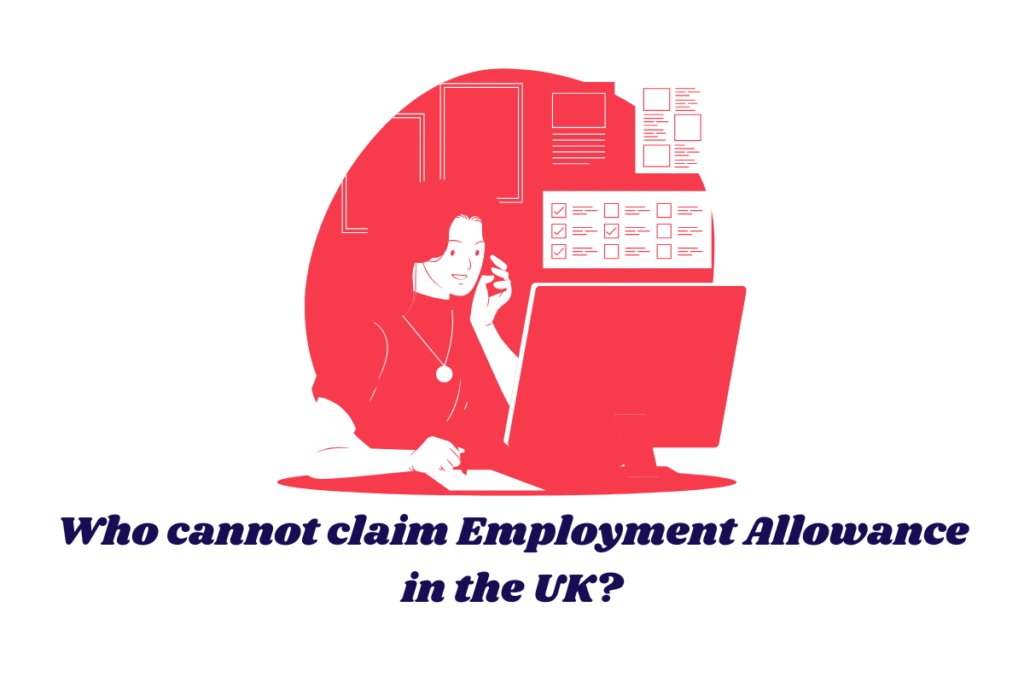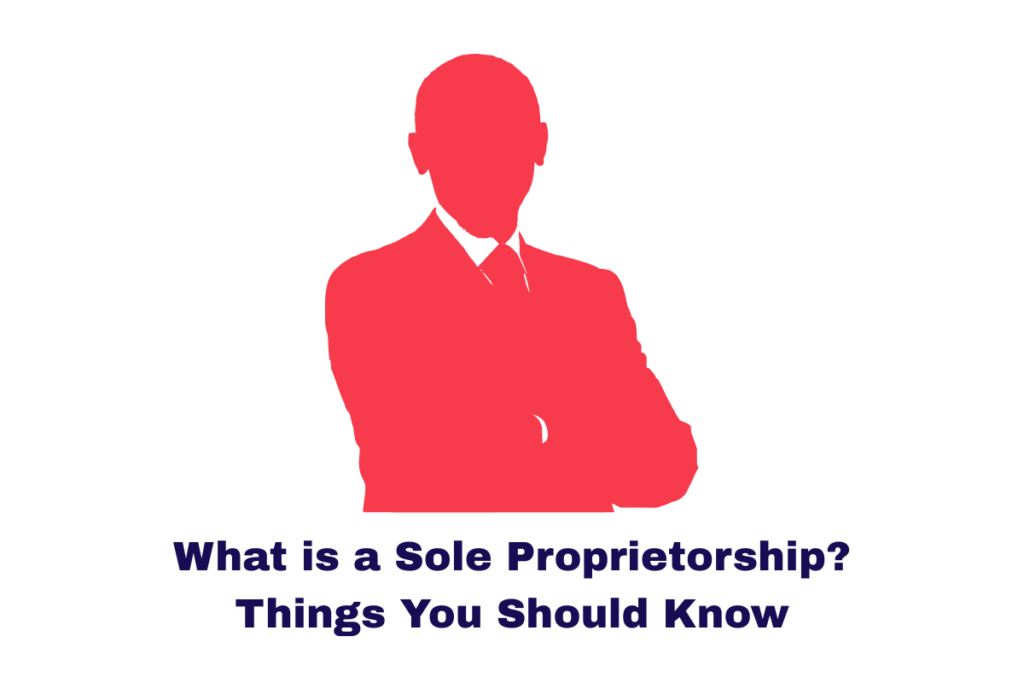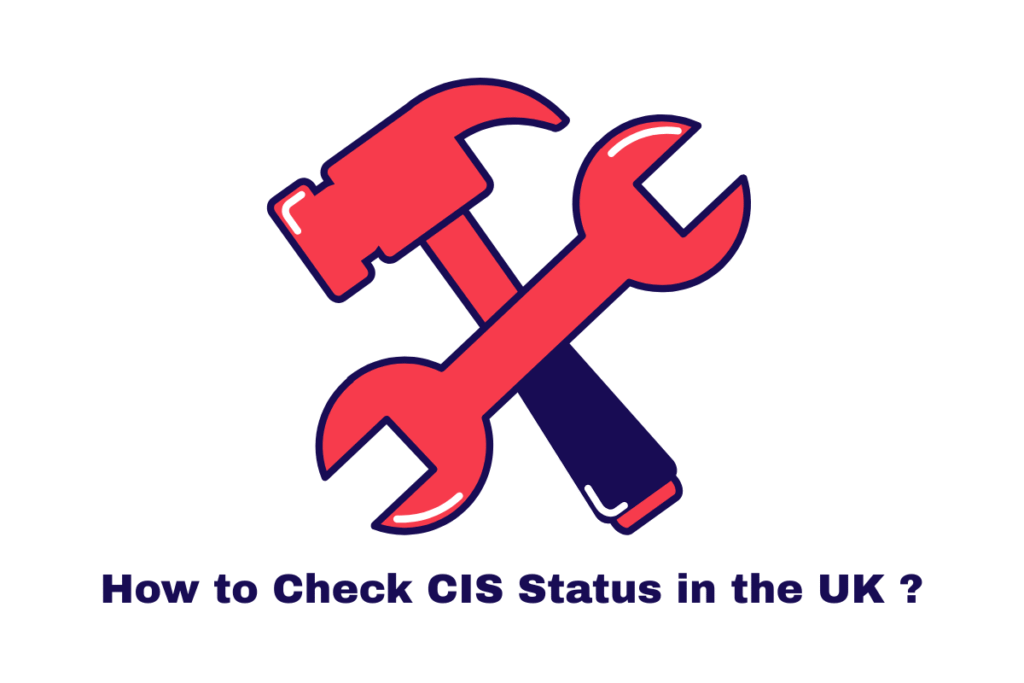Employment Allowance can be a valuable relief for many businesses across the UK, reducing their employer National Insurance (NI) bills by up to £5,000 per tax year. However, not every business is eligible, and it’s vital to understand who cannot claim Employment Allowance to avoid costly mistakes or HMRC penalties.
This comprehensive guide explains the rules, the specific exclusions under the Employment Allowance (Excluded Companies) Regulations 2016, and examples of when a company does or doesn’t qualify — especially relevant for small businesses and single-director companies.
Summary
“This article outlines key rules and examples to help businesses understand who cannot claim Employment Allowance and why.”
What is Employment Allowance?
Employment Allowance is a relief introduced under the National Insurance Contributions Act 2014, allowing eligible employers to reduce their annual Class 1 secondary National Insurance contributions (NICs) by up to £5,000. It is claimed through your payroll software or HMRC’s Basic PAYE Tools.
Summary
“Employment Allowance allows qualifying employers to reduce up to £5,000 from their annual secondary Class 1 NICs bill.”
You can also read our more guides on Personal Tax:
What is a Sole Proprietorship? Things You Should Know
How Much Tax Will I Pay on My Bonus in the UK?
The Core Rule: Who Cannot Claim Employment Allowance?
According to Section 2, Subsection 4A of the National Insurance Contributions Act 2014 (as amended by the Employment Allowance (Excluded Companies) Regulations 2016), a company cannot claim Employment Allowance if:
- All earnings subject to Class 1 secondary NICs are paid to a single employee, and
- That employee is also a director of the company.
In short, if your business has only one director who is also the only paid employee, you are not eligible.
Summary
“A company with just one paid director and no other employees cannot claim Employment Allowance under HMRC rules.”
Source: HMRC Employment Allowance Guidance – GOV.UK
Example Scenarios of Exclusion
Let’s break down who cannot claim Employment Allowance with practical examples based on HMRC’s guidance and real-world scenarios.
1. Single Director, No Other Employees
If your limited company has only one director, and no one else is on the payroll, your business is excluded.
Summary
“Single-director companies without any employees are not eligible for Employment Allowance.”
2. Single Director with Employees Earning Below the NIC Threshold
If your business has a director and some employees, but only the director’s salary triggers secondary Class 1 NICs, you still can’t claim the allowance.
Summary
“Even with multiple employees, if only the director’s earnings incur NICs, your company cannot claim the Employment Allowance.”
3. Single Director, Additional Employee Earning Above the Threshold
If another employee is paid enough to incur secondary Class 1 NICs (over the secondary threshold, currently £9,100 per year as of 2025), your company can claim.
Summary
“Your company becomes eligible if at least one non-director employee earns enough to trigger NICs.”
4. Two Directors, But Only One Earns Above the Threshold
If your company has two or more directors but only one earns above the NIC threshold, and there are no other staff, the company cannot claim.
Summary
“More than one director is not enough; more than one must be earning above the NIC threshold.”
5. Two or More Directors, Both Earning Above the Threshold
A company with two or more directors, all earning salaries above the NIC threshold, is eligible to claim the allowance.
Summary
“Employment Allowance can be claimed when multiple directors earn NIC-liable salaries.”
Changing Eligibility During the Tax Year
A company that begins the tax year with a single director and no employees is not eligible. However, if it hires another employee during the same tax year and that person is paid above the threshold, the company becomes eligible for the full year.
Even if that employee leaves later in the year, the company can continue claiming until the allowance is fully used or the tax year ends.
Summary
“Hiring an employee mid-year can restore your eligibility for the full allowance in that tax year.”
Withdrawal of Employment Allowance Claim
If your business was previously eligible but now meets the exclusion rules, you must stop claiming Employment Allowance. For instance, if you reduce your team and are left with just one paid director, you should notify HMRC and stop the claim from the start of the new tax year.
Summary
“Employers must withdraw their claim if they fall under the excluded category in the following tax year.”
Additional Restrictions on Employment Allowance
Beyond single-director rules, the following types of employers are also excluded:
- Employers whose Class 1 NICs bill exceeded £100,000 in the previous tax year
- Companies hiring personal, domestic staff (like nannies or cleaners) unless for business purposes
- Public authorities and service companies carrying out more than 50% public sector contracts
Summary
“Large employers and those engaged in domestic or public sector employment are not entitled to claim.”
Source: Employment Allowance Exclusions – GOV.UK
Checklist: Who Cannot Claim Employment Allowance?
Here’s a quick reference to identify who cannot claim Employment Allowance:
✅ Single director only — Not eligible
✅ Single director + employees (below NIC threshold) — Not eligible
✅ Single director + employees (above NIC threshold) — Eligible
✅ Two or more directors, only one earning above NIC threshold — Not eligible
✅ Two or more directors, all earning above NIC threshold — Eligible
Final Thoughts
Understanding who cannot claim Employment Allowance is crucial for compliance and tax planning. If you’re unsure about your eligibility or your circumstances change, it’s wise to consult with a qualified tax advisor or accountant.
At taxcalculatorsuk.co.uk, we’re here to help businesses maximise their tax reliefs while staying compliant with HMRC guidelines.
Summary
“Always verify your eligibility before claiming, especially if you’re a small business or single-director company.”
Try Our “Listen to Taxman” Calculator!
Need a quick and reliable way to check your National Insurance and tax obligations? Try our Listen to Taxman Calculator today and simplify your payroll decisions in seconds!
Summary
“Use our Listen to Taxman Calculator to stay on top of your payroll and NIC responsibilities.”
Explore Our Tax Calculators
Salary Tax Calculator
Reverse Tax Calculator
Tax Calculator UK
VAT Calculator
Bonus Tax Calculator
Simple Interest Calculator
Payslip Calculator
The content provided on TaxCalculatorsUK, including our blog and articles, is for general informational purposes only and does not constitute financial, accounting, or legal advice.
You can also visit HMRC’s official website for more in-depth information about the topic.




